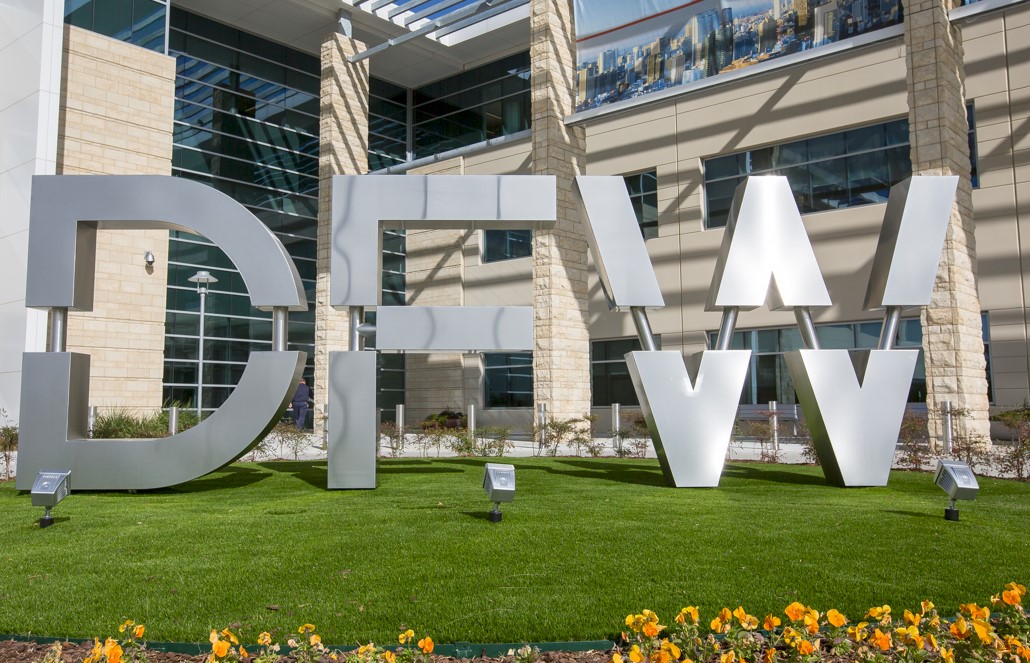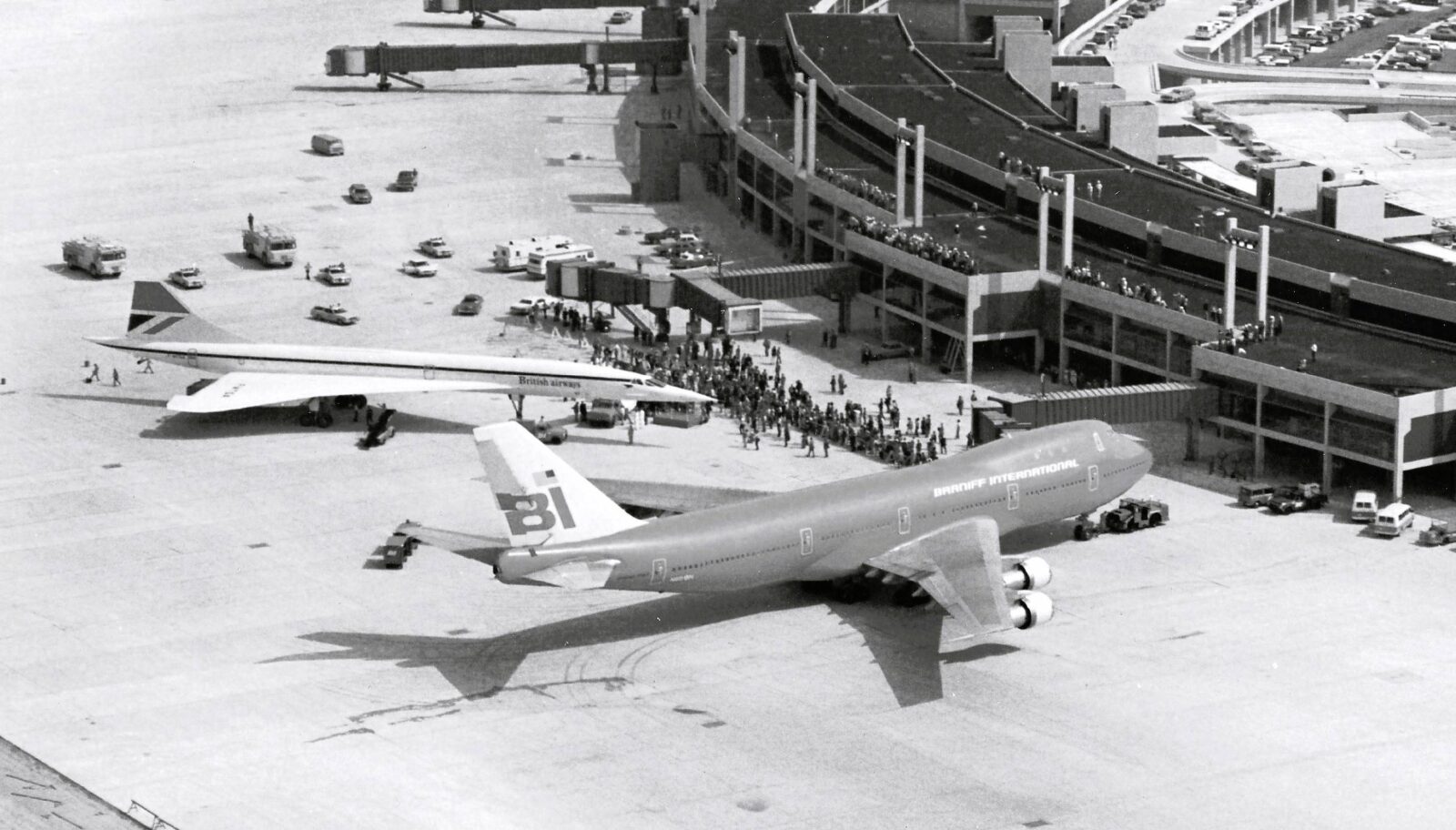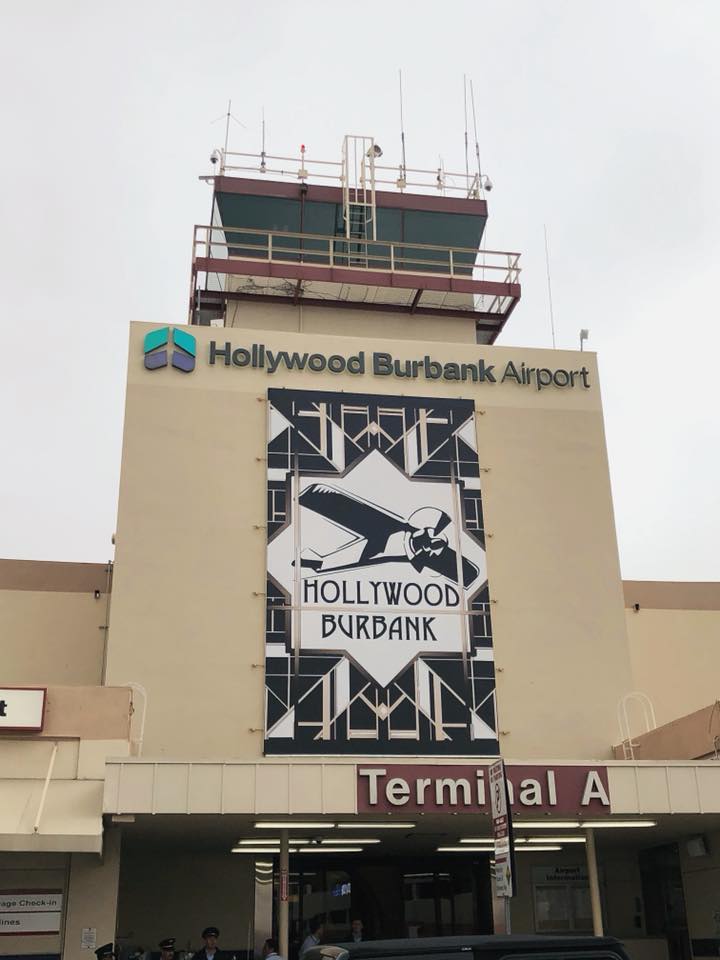
Dallas Fort Worth International Airport (DFW) turns 50 on January 13 and is kicking off a year-long party to celebrate.
Events begin Saturday morning with 50th-anniversary giveaways including a special limited edition Coca-Cola bottle, selfie stations, and surprise performances in select terminals during the day.
Passengers arriving on AA Flight 3589 from Little Rock, Ark., will receive a special water arch celebration and greeting at the gate in honor of the first flight to arrive at DFW from the city in 1974.
Then, on Saturday night, buildings in both Dallas and Fort Worth will be lit with DFW Airport’s primary brand color – orange – to commemorate the airport’s golden anniversary. This includes the Omni Dallas Downtown, Bank of America Plaza, One Arts Plaza, KPMG Plaza, AT&T Headquarters and Discovery District, Hunt Building, 1900 Pearl Street, 1900 N. Akard Street and Reunion Tower in Dallas, and City Hall and the 7th Street Bridge in Fort Worth.
While we wait for more details about what other anniversary surprises will roll out the rest of the year, here are some photos and history about the airport, courtesy of DFW and the Frontiers of Flight Museum.
Here’s a shot of Braniff Jets lined up at DFW in the late 1970s.
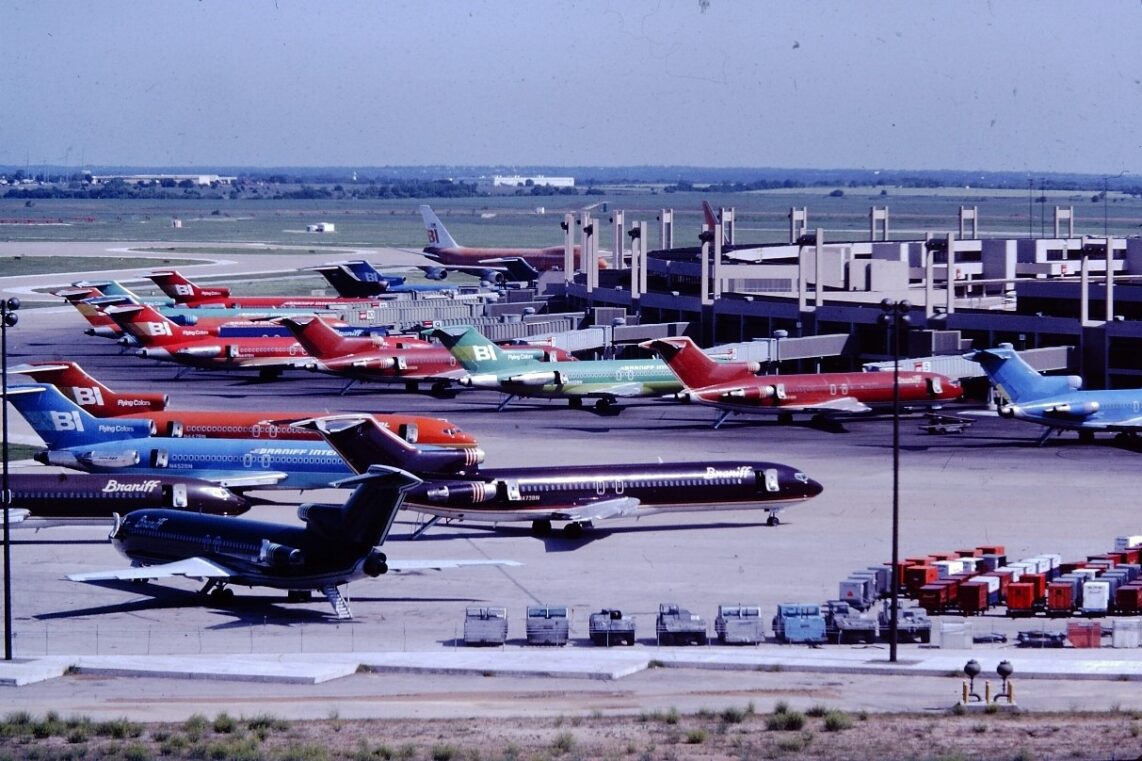
THEN AND NOW
| 1974 | 2023 |
| World’s largest airport by land area | Third largest airport by land area |
| Four terminals | Five terminals (sixth to break ground in 2024) |
| Three runways | Seven runways |
| 66 gates | 171 gates |
| Nine airlines | 28 airlines |
| 6.8 million passengers | 80 million passengers (estimated) |
| 75,000 tons of cargo | 791,192 tons of cargo (FY) |
More tidbits about DFW Airport
DFW was the first US Airport to be visited by the supersonic Concorde
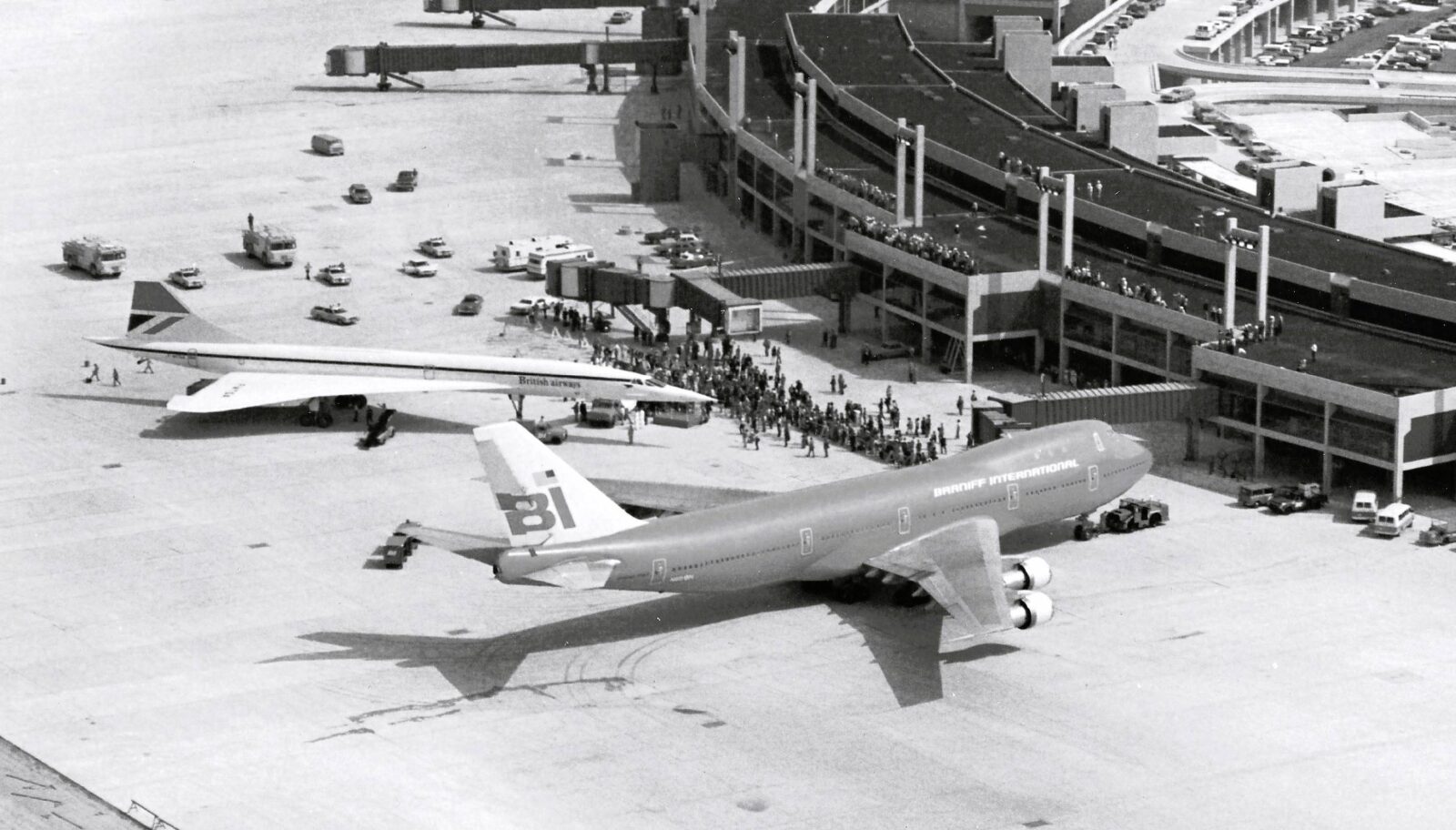
Courtesy Frontiers of Flight Museum
On September 20, 1973, the first day of a four-day dedication ceremony that took place before DFW officially started commercial operations in January 1974, the airport welcomed a supersonic British Airways/Air France Concorde. Two days later, on September 22, 1973, tens of thousands of people attended a dedication ceremony that included an air show and exhibits.
The DFW dig

(Courtesy Frontiers of Flight Museum)
During the DFW excavation, workers uncovered an almost complete fossil of a 70-million-year-old plesiosaur, a 25-foot-long reptile that lived in the ocean during the time of dinosaurs. For a while, the fossil was displayed in Braniff’s Terminal 2W (now Terminal B), but today, DFW’s plesiosaur is locked away in storage at an area university.
For more great photos and stories about Dallas Fort Worth International Airport, see Bruce Bleakley’s book published on DFW’s 40th anniversary. It’s chock full of photos, appropriately titled Dallas/Fort Worth International Airport, and is part of Arcadia Publishing’s Images of Aviation series.
